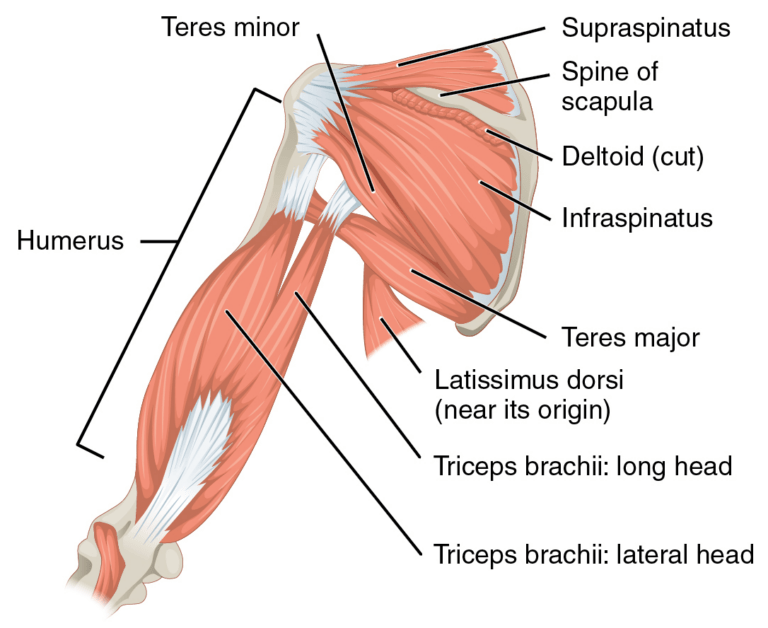The pictures we use in our articles might not show exactly what the words say. We choose these pictures to make you interested in reading more. The pictures work together with the words but don’t take their place. The words still tell you the important facts.
Welcome to the intriguing world of hyaline cartilage, a crucial component of the human skeletal system that holds many hidden secrets waiting to be uncovered. From its unique composition to its regenerative abilities, hyaline cartilage plays an essential role in providing support, cushioning, and flexibility to various joints and structures in our bodies. Join us as we explore 15 fascinating facts about this remarkable tissue, shedding light on its extraordinary properties and functions.
The Most Common Type of Cartilage
Hyaline cartilage stands out as the most prevalent type of cartilage in the human body, serving as a key structural element in joints, the rib cage, nose, and trachea.
Smooth and Glass-like Appearance
This remarkable tissue derives its name from its smooth and glass-like appearance, characterized by its transparent nature and bluish-white color when examined under a microscope.
Provides Support and Flexibility
Hyaline cartilage plays a vital role in providing support to the body while maintaining flexibility, acting as a cushion between bones to reduce friction during movements.
Contains High Water Content
With a high percentage of water content, hyaline cartilage possesses excellent shock-absorbing capabilities and the ability to evenly distribute pressure across joint surfaces.
Vulnerable to Degeneration
Despite its essential functions, hyaline cartilage is prone to degeneration and can be affected by conditions like osteoarthritis, leading to joint pain and stiffness.
Important in Bone Development
Hyaline cartilage is instrumental in bone development, serving as a template for bone formation during embryonic development and early childhood.
Helps Maintain Joint Range of Motion
By contributing to the smooth gliding motion of joints, hyaline cartilage enables maximum range of motion while reducing friction and wear on joint surfaces.
Regenerative Potential in Some Areas
Certain areas of the body, such as the nasal septum and ear, exhibit regenerative capacity, where small amounts of hyaline cartilage can be regenerated.
Composed of Specialized Cells
The composition of hyaline cartilage includes specialized cells called chondrocytes, responsible for producing and maintaining the extracellular matrix essential for its function.
Protects Against Compression Forces
Due to its ability to resist compression forces, hyaline cartilage acts as an ideal shock absorber, protecting underlying bones from excessive pressure and damage.
Important for Respiratory Function
Playing a crucial role in respiratory function, hyaline cartilage forms the rings of the trachea and bronchi, providing structural support to ensure unobstructed airflow during respiration.
Vital for Rib Cage Function
Hyaline cartilage in the rib cage enables the expansion and contraction of the chest during breathing, facilitating the intake and release of air.
Utilized in Medical Procedures
Given its unique properties, hyaline cartilage finds applications in various medical procedures, such as cartilage repair surgeries and the development of tissue-engineered constructs.
Delving into the world of hyaline cartilage unveils a wealth of knowledge about this extraordinary tissue and its pivotal role in maintaining the structural integrity and function of our skeletal system. As we unravel the mysteries surrounding hyaline cartilage's composition, functions, and regenerative abilities, we gain a deeper appreciation for the intricate mechanisms at play within our bodies. Let's continue our exploration of the wonders of hyaline cartilage and embrace the marvels it holds within.
FAQs
-
What is hyaline cartilage?
Hyaline cartilage is a translucent, flexible connective tissue made up of collagen fibers, found in areas like the nose, trachea, and joint surfaces. -
What are the functions of hyaline cartilage?
Hyaline cartilage provides structural support, reduces friction between bones in joints, absorbs shock, and enables smooth joint movement. -
How does hyaline cartilage repair itself?
Hyaline cartilage has limited self-repair capabilities due to its avascular nature, but chondrocytes can attempt repair by producing new collagen fibers. -
Can hyaline cartilage be replaced in case of severe damage?
While natural healing may be insufficient for severe damage, medical advancements like tissue engineering and cartilage transplantation offer replacement options. -
Can hyaline cartilage degenerate with age?
Yes, hyaline cartilage can degenerate with age due to wear and tear, leading to conditions like osteoarthritis. -
How can we take care of hyaline cartilage?
Proper joint care involves maintaining a healthy weight, avoiding excessive joint impact, engaging in low-impact exercise, and ensuring a balanced diet for cartilage health. -
Can hyaline cartilage injuries be prevented?
While some injuries are unavoidable, precautions like using protective equipment, practicing correct technique, and avoiding repetitive stress can help reduce the risk. -
Are there medical treatments for hyaline cartilage injuries?
Yes, treatments like arthroscopic procedures, cartilage transplantation, and regenerative therapies are available for hyaline cartilage injuries. -
Can hyaline cartilage be found in all joints?
Hyaline cartilage is not present in all joints; while major joints like the knee contain it, smaller joints may have different types of cartilage. -
Can hyaline cartilage undergo excessive calcification?
Excessive calcification is not a characteristic of hyaline cartilage, though other types like elastic cartilage can calcify under specific conditions.
Embark on a journey of discovery into the intricate world of hyaline cartilage, where each fact unravels a new layer of understanding and appreciation for this remarkable tissue. With its unparalleled functions and regenerative abilities, hyaline cartilage continues to astound us with its contributions to our overall health and well-being. Join us as we delve deeper into the realm of connective tissue wonders and uncover the marvels that lie within our own bodies.


